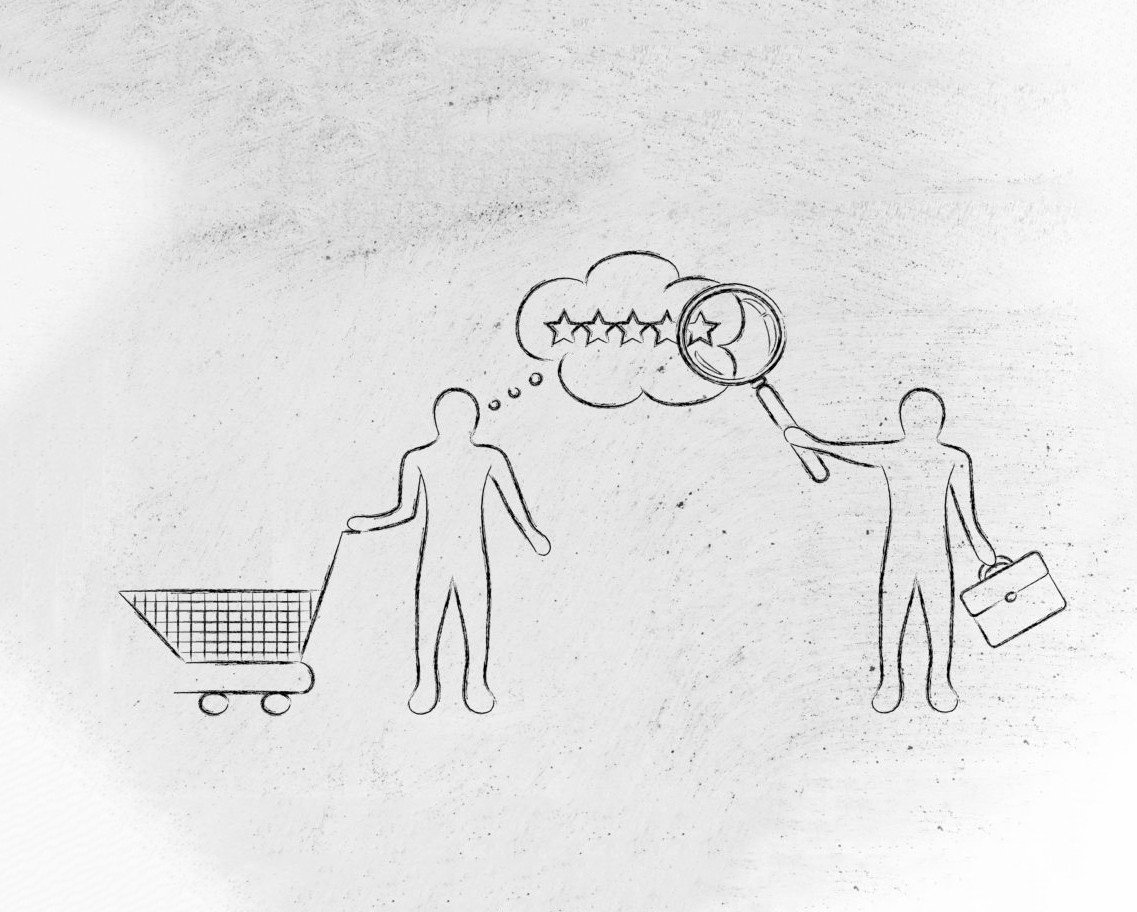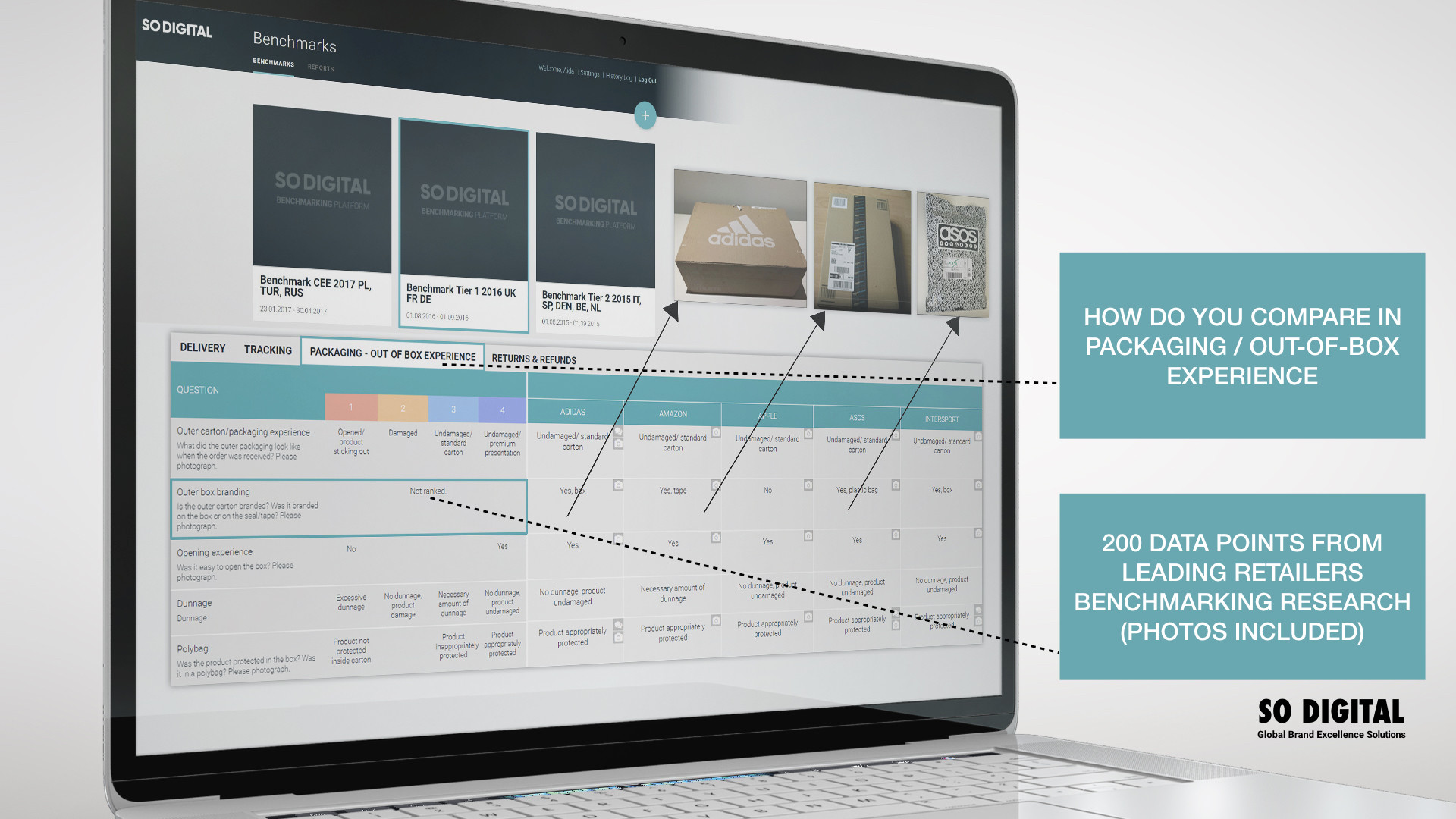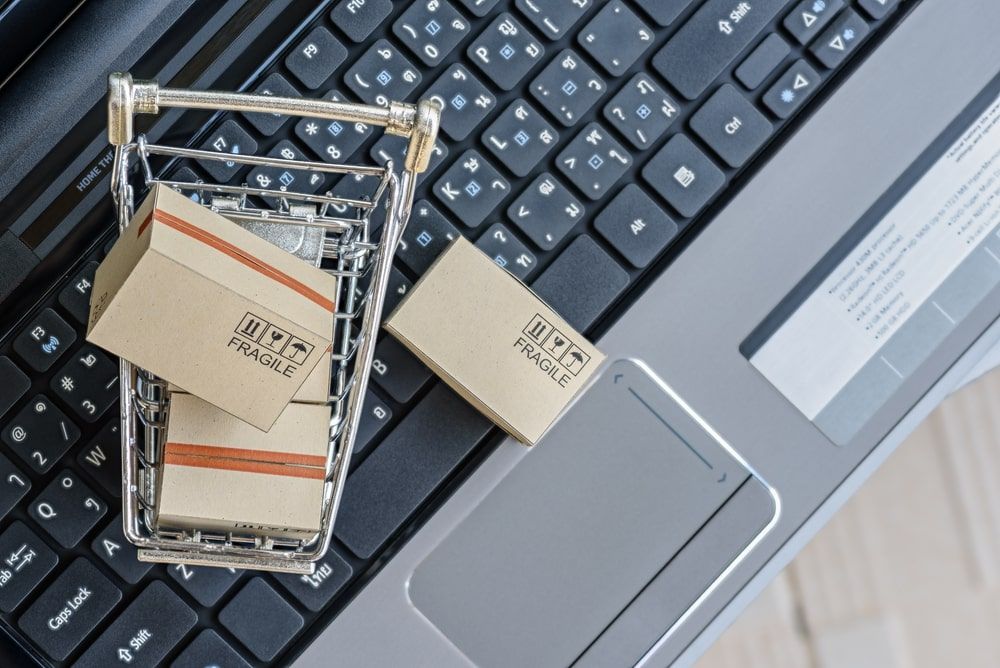We specialise in serving headquarters of global brands, helping them cut complexity costs in strategy execution across markets and fulfil their corporate role as scale economisers and advantage accelerators. Leverage our consulting expertise, technology solutions and remote talent resources to create organisational simplicity, scalability and efficiency in multi-market operations.
Transforming global brand marketing, creative and eCommerce function into a competitive advantage
 (EMEA) 14 markets
(EMEA) 14 markets
 (EMEA) 47 markets
(EMEA) 47 markets
 (EMEA) 17 markets
(EMEA) 17 markets
 (WHQ)
(WHQ)
While domestic online sales in the United States and the European Union will continue to increase — taking sales away from brick-and-mortar stores — growth rates will flatten out over the next 10 years. Research firm Forrester foresees cross-border e-commerce outpacing domestic growth, with a compound annual growth rate of 17 percent between 2017 and 2022, compared with 12 percent for overall B2C e-commerce. Key reasons people shop outside their local areas are to obtain products that are not available locally and to pay less for goods. Two-thirds of cross-border online shopping is done through marketplaces.
Market Share Growth Structure Change
While the explosive growth in emerging markets is good news for the overall e-commerce industry and especially those who take advantage of these trends, local market reaching saturation levels in near future should be worrying to many and will point to new developments and behaviour of key players. Namely, e-commerce as an industry is already hyper-competitive with cut-throat price competition determined by dynamic pricing algorithms and scale of logistic operations which coupled together mean razor thin margins where only biggest and fittest can expect continuously sizeable profits. As long as the total market is expanding there is enough growth for everybody as a "rising tide lifts all boats". However, once the market growth flattens outs, increasing market share in locally wont't come from the growing total market and at the expense of the traditional brick-and-mortar retailers and customers switching online but from taking away market share from other e-commerce players. This means that e-commerce market competition will intensify even further and only those that develop deeper customer relationships and customer loyalty based not only on product assortment, pricing and just functional benefits but total brand purchase experience can expect to remain profitable and exist in the market.
Once the market growth flattens outs, increasing market share locally won't come from the growing total market and at the expense of the traditional brick-and-mortar retailers, but from taking away market share from other e-commerce players
Commoditized Purchase Experience
Retailers face a lot of competition, both online and offline. And in many cases the products they sell are very similar. As an e-commerce marketer, how do you differentiate? How can you ensure that your website is not seen as a commodity? Start by creating (differentiating and unique) better e-commerce shopping experiences to drive customer loyalty. How many of us, even when buying a branded item, will start our search on Google to find the cheapest price? We may compare and contrast seller reputation and potential shipping time, but ultimately we have created a “commoditized” shopping experience. This commoditized experience is based not on the item itself, which could be a non-commoditized product, but the distribution of the product. The post-purchase so to speak, is functionally a commodity to us as buyers.
Branding the Post-Purchase Experience - Differentiate to win
Two crucial indicators and prerequisites for market share growth are positive customer brand relationship and repeat purchases - customer loyalty. According to the U.S. consumer survey done by IBV (Institute for Business Value) in 2011, out of 3 phases of brand experience (pre-purchase, purchase and post-purchase) respondents clearly marked the post-purchase phase as the most influential over their retail brand relationships and their willingness to promote a given retailer to other consumers.
Whether customers will choose to continue to shop with you or competitors depends mostly on post-purchase experience he has had with your brand.
The customer loyalty seems to be largely established at the stage of post-purchase. Post-purchase factors are the factors that are experienced by customers after they complete transactions. Studies by Ramanathan (2011), as Otim and Grover (2006) have shown that several post-purchase factors, such as convenience of tracking order, on-time delivery and ease of customer service, play vital roles in influencing customer loyalty. Excellent order-tracking support let customer clearly know where the product is. On-time delivery make customer realize that the retailer is effective. Customer service support, easy return, free of charge replacement and maintenance management may give buyers a pleasant surprise when they want to exchange a product. So, whether the customer will do his e-commerce shopping with you or your competitors depends on his experience with your brand.

Across the board, repeat customers account for 40% of store’s revenue, so it’s important to have a strong post-purchase strategy in place
The post-purchase is an essential, yet often overlooked, stage of the eCommerce customer journey. Given that across the board repeat customers account for 40% of store’s revenue, it’s important to have a strong post-purchase strategy in place in order to provoke repeat engagement, encourage referrals, and drive more revenue. Obviously, acquisition is important because you can’t have a repeat purchaser if they never make that first purchase, but ignoring this very profitable customer segment by ignoring the post-purchase experience as the main driver of repeatability of purchases will directly negatively influence the market share growth potential.
Formulate & execute growth-through-differentiation strategies
Focusing on the post-purchase experience is the next frontier for online retailers. Previously, retailers handed off the customer experience to a third party, like FedEx or UPS, which focused on delivery. Now, retailers are extending the customer hand-holding post-purchase with beautiful branded interfaces, delivery visibility, and personalized content. By streamlining customers’ paths to purchase and bringing them back directly into the loyalty loop, brands can convert one-time shoppers into lifelong brand advocates.
But to differentiate one needs to know against what exactly is one differentiating from - or better said what are the market averages along dimensions of differentiation but more importantly what are the market implicit average customer expectations from post-purchase experience which you have to meet just to be eligible to compete. So how to know what against you need to differentiate and how?
SO DIGITAL GLOBAL E-COMMERCE BRAND EXCELLENCE PLATFORM enables brand & e- commerce professionals to define and implement growth-through-differentiation strategies by identifying the basis & dynamics of competition within a market. Our platform enables competitive cross industry performance benchmarking of best performing e-retailers across dimensions of online (post)purchase experience, including but not limited to, phases of delivery, tracking, packaging - out of box experience, and return & refunds.

Trained researches in target countries perform actual purchase of products from target e-retailers, recording their every step, while answering standardised scale based scorecard with average 200 data points to provide insight into comparative performance of leading e-retailers on selected dimensions.
SO DIGITAL GLOBAL E-COMMERCE BRAND EXCELLENCE PLATFORM is a management tool that helps companies formulate, evaluate, and improve their e-commerce strategies by providing a systematic assessment of competitive performance of post-purchase experience across markets. Contact us today for a free no-commitment 1-on-1 walk through of the solution & service and use client case of Nike (EMEA).
---------------------------------------------------------------------------------------------------------------
SO DIGITAL | GLOBAL BRAND EXCELLENCE SOLUTIONS is a technology company based in Amsterdam specialised in serving headquarters of global brands. We are proud partners of leading global digital growth brands like Nike (EMEA) and Uber (EMEA), but also other brands like TomTom (WHQ) and AS Monaco. With offices in Amsterdam, Berlin, Barcelona and Balkans we help global brands reduce complexity cost of global branding by delivering speed, scale and efficiency in execution across markets.

